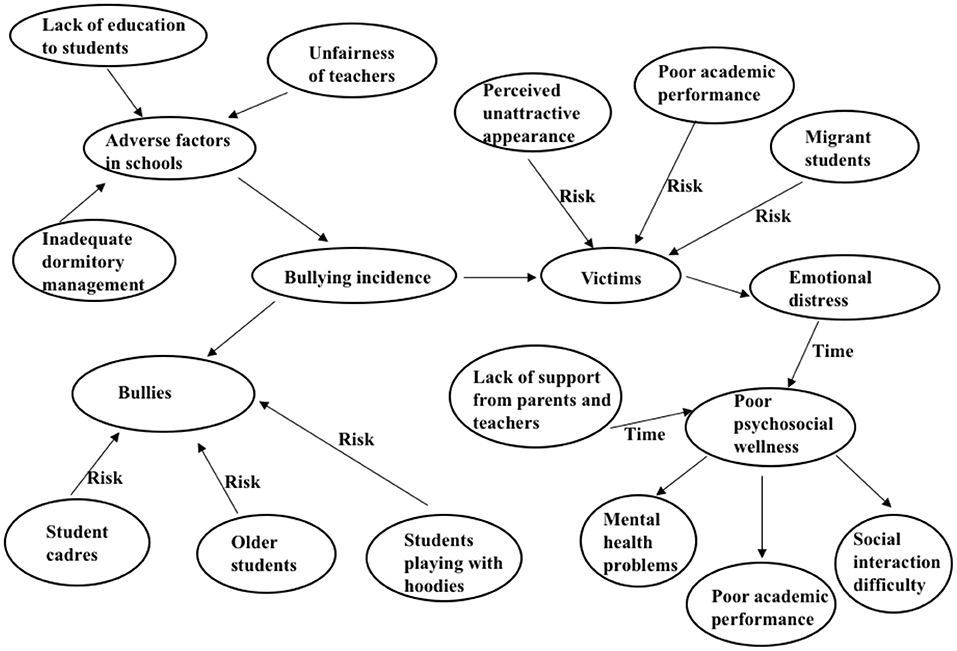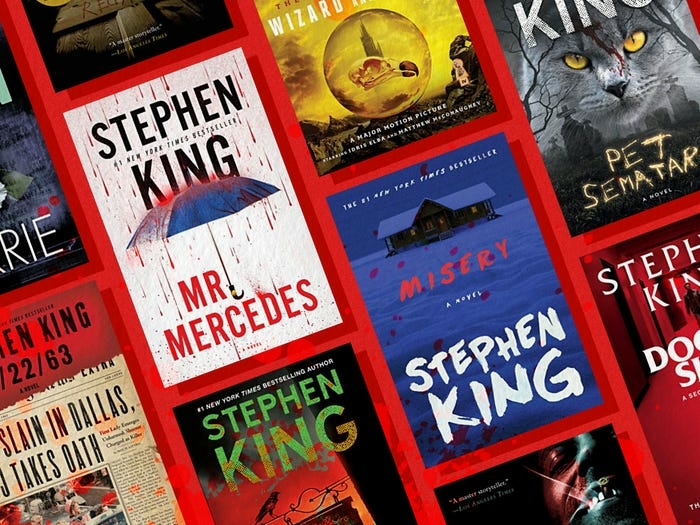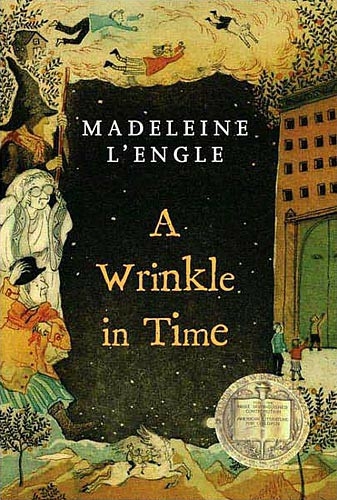When my husband and I went up north with a friend last month, I brought a backpack of books to read. But when I walked into the rented cabin that would be our home for the next two weeks, I almost wished I’d left my own books behind. In the great hall was a white wooden bookcase, eight shelves high, filled with seductive titles and stately old editions.
These weren’t your typical cabin books—not dog-eared paperbacks fetched in a canoe and then left, damp and tattered.
This was a curated collection. There were old, fascinating books on these shelves, illustrated books from the 1930s and 1940s, serious hardbacks and biographies.
Obviously, this cabin – which has been in the same family for four generations – is owned by true readers. I wondered how they could bear to leave some of these books here. Their copy of A.P. Russell’s “A Club of One” has an embossed leather cover, beautiful marbled endpapers, heavy cream pages, and a publication date of 1891. Not a first edition – the book was first published in 1887 – but beautiful nonetheless.
Florence Page Jacques’ “Canoe Country” lacks its dust jacket, but of course contains her beautiful black and white illustrations.
A polite, handwritten note from the cabin’s owners was taped to the edge of a plank. “Dear Guests: You are welcome to use and add to the library if you wish. Please leave the existing collection for others to enjoy. Thank you.”
I didn’t read any of the cabin books because I didn’t want to dive deep into something and then have to leave it behind. But I enjoyed the library anyway, flipping through the shelves and flipping through unfamiliar titles. I was drawn to “The World, the Flesh and Father Smith,” a 1945 Book of the Month Club selection written by Bruce Marshall. I didn’t know the author or the book, but I was fascinated by the colorful dust jacket, with its pastel houses and pointed-hatted nuns, and by the author’s biography, which I can only assume Marshall wrote himself.
“Bruce Marshall is a dark, smiling man, fundamentally serious, square in appearance, clear in manner. He has great compassion for humble, toiling people whose virtues are seldom proclaimed, a powerful and wonderfully malicious humor, and a savage dislike of bullies. , stuffed shirts, humbugs and toads.”
How to resist? I did, but trust me, I’ll keep an eye on every used bookstore I visit until I find a copy of my own book.
Reading in a cabin is an accidental experience, a time to happen to books that are loved and left behind by others who share some of your sensitivities. (A love of the lake and the woods.) These books reminded me of other finds I’ve discovered in other cabins – not quite as literary and valuable, but memorable ones nonetheless. My first Nevada Barr mystery came from a cabin up north; it was set to Isle Royale. And for a year I discovered Morgan Llywelyn’s historical novels, which devoured ‘1916’, the first in her trilogy about the Irish Easter Rising.
I suspect you’ve also discovered wonderful finds in huts, books that helped you pass a rainy afternoon or introduced yourself to someone new. Or maybe you left something in the hope of sharing the joy of a special book. Tell your stories! Write me at books@startribune.com and let’s keep that cabin feeling alive.
Laurie Hertzel is the editor of books at the Star Tribune. @StribBooks.
Is there a big difference between book editions?
According to research by the state PIRGs (Public Interest Research Groups), the new price for each edition of the textbook is on average 12 percent higher than the previous edition. In addition, when a new edition is released, both the new and used prices of the previous edition drop dramatically.
Is the edition of the book important? The first edition becomes a collector’s item of an important literary and historical work. If it’s anything like a course book, the latest edition is undoubtedly better. To see also : CORSICAN RESTRUCTURES TRADE BY CHAPTER 11 PROCESS. It will most likely contain some revised or updated material to match the course requirements, or new data.
What’s the difference between 1st edition and 2nd edition books?
A first edition is the first edition of a book. It is true that a first edition may have one or more printings and a second edition is normally only listed if there are actual changes, usually substantial, in the text. But for a collector, a first edition is the only real first edition.
Is there a difference in book editions?
It is of the same type, including all variants with a slight typographical difference. This may interest you : Do you need a library update? Aesop gives away free books by LGBTQ + authors. You cannot speak of editions of a book until you have first produced and published one and then made a significant change to the book and reprinted and republished it.
What is edition number in a book?
In general, if the “1” is present, the book is a first printing (first printing, first printing). For the second press, the “1” is removed, so the “2” is the lowest number present. On the same subject : To catch the thief of rare books. For example, a number line that reads 5 6 7 8 9 indicates a fifth printing.
What is the International Standard Book Number System? An ISBN is an international standard book number. ISBNs were 10 digits long until the end of December 2006, but since January 1, 2007, they are always 13 digits long. ISBNs are calculated using a specific mathematical formula and include a check digit to validate the number.
How do I find an ISBN number?
Most books have the ISBN number on the back cover, next to the barcode. If a book does not list the ISBN on the back cover, please check the copyright and publisher information page and the ISBN will be found there.
Why is International Standard Book Number necessary in a book?
The ISBN helps customers identify and order the exact book they want to buy. Libraries, bookstores, online retailers, distributors and wholesalers rely on this unique identifier to keep track of purchases and sales, and it is necessary to apply for an ISBN if you intend to sell to them.
How do I find my International Standard Book Number?
Although ISBNs are assigned locally, you can use them internationally. If you live in the US, you must apply for an ISBN through myidentifiers.com, run by Bowker, the only company authorized to administer the ISBN program in the United States. You can purchase ISBNs as a single unit or in bulk of 10, 100, or 1000.
Can you tell if a book is first edition by the ISBN number?
In general, if the “1†is present, the book is a first printing (first printing, first printing). On the second printing, the “1†is removed, so the “2†is the lowest number present. For example, a number line that reads 5 6 7 8 9 indicates a fifth printing.
How do you know if a book is new or used? Loose – The binding of a new book is very tight; that is, the book won’t open easily and generally won’t stay open for a particular page. As the book is used, the binding loosens until a well-used book can lie flat and remain open to each page in the book.
How do you tell if a hardcover book is a first edition?
Identifying the First Printing of a Book The publisher may include the words “first printing” or “first printing” on the copyright page. Another common method of identification is the number line – that’s a line of numbers on the copyright page. Usually, if there’s one in line, it’s a first edition.
What classifies a book as a first edition?
An edition comprises all copies of a book printed with almost the same lettering (the specific arrangement of the letters). The first edition is therefore the very first group of books printed for a specific title before major changes are made to the text or page layout.
What is meant by edition in books?
1: The form in which a book is published a paperback edition. 2 : the whole number of copies of a book, magazine or newspaper published in the third edition at one time. 3: One of many newspaper issues for a single daytime edition of the evening edition.






